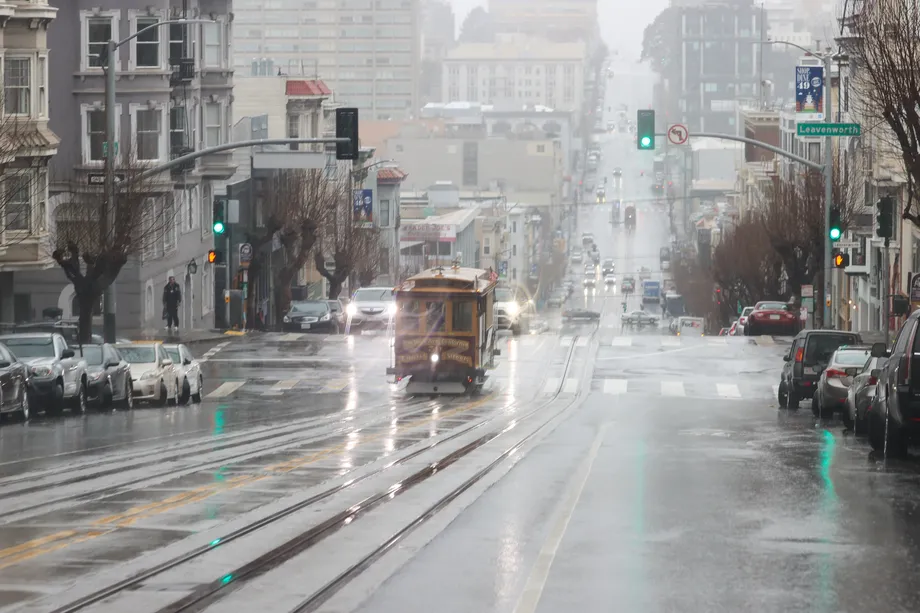California has a long history of droughts, the most severe being in recent years.
During times of drought, California has recorded low levels of precipitation, leading to water shortages, crop failures, and devastating wildfires.
The drought had a significant impact on California’s economy, agriculture, and environment. Farmers were forced to conserve water when watering their fields, leading to billions of dollars in lost revenue.
Water restrictions were implemented in cities and towns across the state, and residents were urged to conserve water by reducing their usage.
In response to the drought, California implemented several measures to increase water conservation and improve water management, but despite our best efforts, California remained in a drought.
The recent increase in rainfall has instantly eased the drought conditions, and as of 2024, California is no longer in a drought.
The drought officially came to an end in 2019, when California was declared drought-free for the first time in nearly a decade.
Above-average precipitation and snowpack levels in the Sierra Nevada mountains helped to replenish the state’s water supply, bringing relief to farmers, residents, and ecosystems throughout California.
However, the increase in rain might not be as beneficial as one might believe. Although it did relieve the drought in California, the rain is promoting the growth of vegetation that will eventually fuel wildfires in the future.
Additionally, the recent increase in rain might not be enough to wash away the drought that has been gripping California in a tight chokehold for decades, perhaps even centuries.
Although one would assume that the large amount of rain would be enough for California to leave its drought behind, this might not be the case.
When so much rain falls in such a short amount of time, especially in a dry state that is not used to the heavy rainfall like California, natural and man-made systems meant to control the rainfall are unable to.
Instead of the huge amount of rain filling up reservoirs and hydrating the soil, the rain floods. This causes dams and reservoirs to prioritize flood management over water recovery.
What this means is that a lot of the water will end up in the ocean.
While the state is currently drought-free, experts warn that California’s water resources are still vulnerable to future droughts.
Climate change is expected to bring more frequent and severe droughts to the region, making it essential for California to continue investing in water conservation and management strategies to ensure a reliable water supply for the future.
This is especially true since large amounts of rainfall almost always precede a long dry spell, which can be observed in California’s history of rainfall and droughts.
This is why experts are doubtful that the short period of heavy rainfall has saved California. They continue to hesitate to say that California is out of a drought.
Harvey De La Torre, head of the Municipal Water District of Orange County, described California’s longtime struggle to stay out of a drought by saying, “It’s not a sprint, it’s a marathon.”

